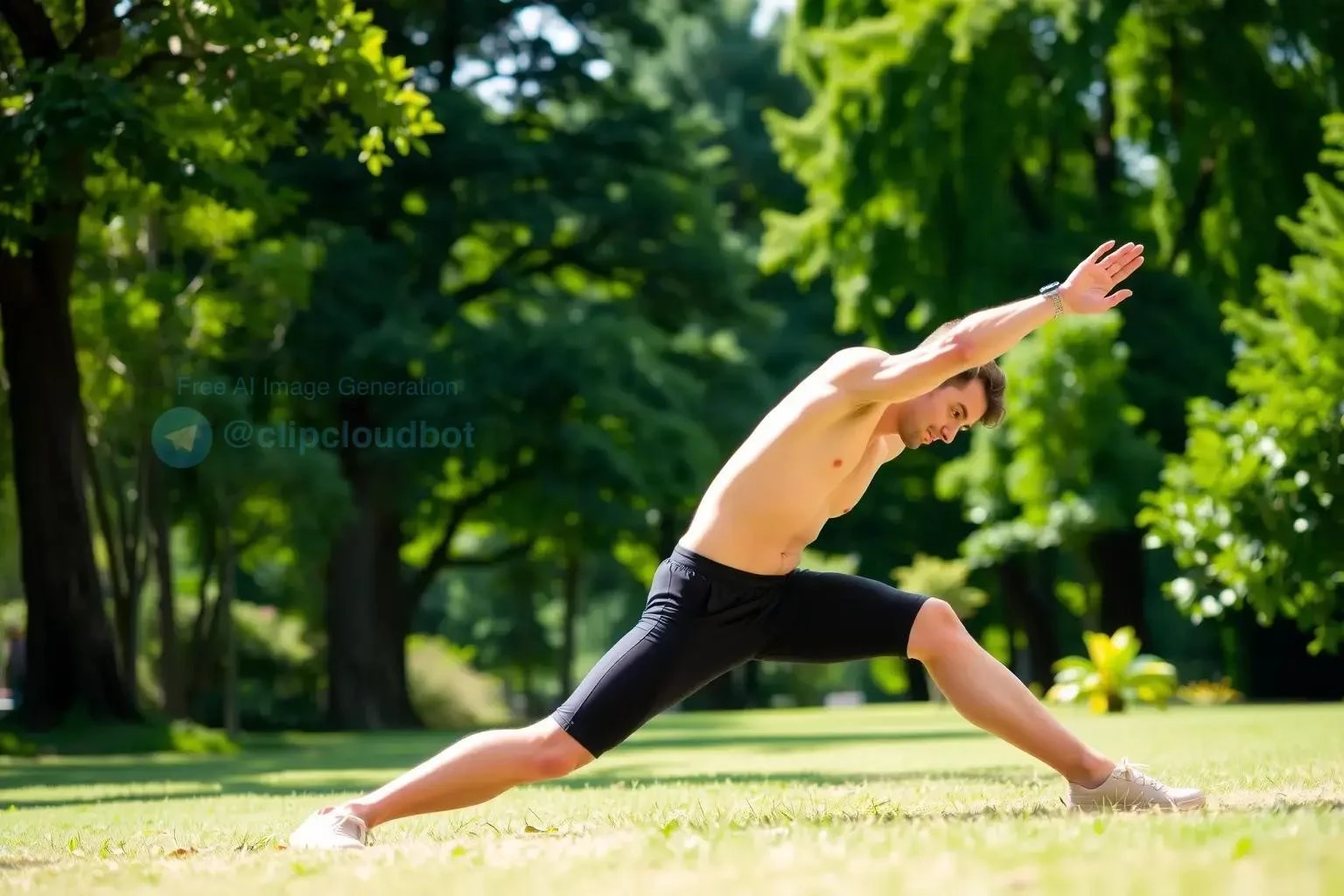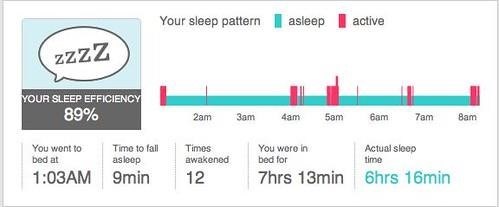Health of Movement and Fitness Mobility
Movement is fundamental to a healthy, fulfilling life. Fitness mobility focuses on achieving and maintaining optimal range of motion in your joints. This allows you to perform daily tasks with ease, participate in physical activities you enjoy, and reduce your risk of injury. Prioritizing mobility contributes significantly to overall well-being and physical function.
Understanding Mobility and its Importance
Mobility, often confused with flexibility, refers to the ability of your joints to move freely through their full range of motion. While flexibility focuses on the ability of muscles to lengthen, mobility encompasses the interplay of muscles, joints, tendons, ligaments, and the nervous system. It’s about having the control and strength to move efficiently and effectively.
Why is mobility so crucial for overall health and fitness? Consider these key benefits:
- Improved Physical Performance: Enhanced mobility translates to better performance in various physical activities, from everyday tasks like reaching for an object to athletic endeavors like running or weightlifting. Restricted mobility can limit your movement patterns and hinder your ability to generate power and speed.
- Reduced Risk of Injury: When your joints can move freely, they are less susceptible to strains, sprains, and other injuries. Mobility exercises help to strengthen the supporting tissues around the joints, making them more resilient to stress and impact.
- Better Posture: Poor posture can be a result of tight muscles and restricted joint mobility. Improving mobility helps to correct muscle imbalances and promote proper alignment, leading to better posture and reducing back pain;
- Decreased Pain and Stiffness: Limited mobility often leads to stiffness, aches, and pains, especially as we age. Regular mobility work can help to alleviate these symptoms by increasing blood flow to the joints and improving their lubrication.
- Enhanced Daily Life Activities: From bending down to tie your shoes to climbing stairs, good mobility makes everyday tasks easier and more enjoyable. It allows you to maintain independence and participate fully in life’s activities.
- Improved Balance and Coordination: Mobility exercises often involve controlled movements that challenge your balance and coordination. This can improve your stability and reduce your risk of falls, particularly important for older adults.
- Increased Body Awareness: Focusing on mobility cultivates a greater awareness of your body and how it moves. This can help you identify areas of tightness or restriction and address them proactively.
By understanding the importance of mobility and incorporating regular mobility exercises into your routine, you can significantly improve your overall health, fitness, and quality of life.
Key Areas of Mobility to Focus On
While overall mobility is important, certain areas of the body tend to be more prone to tightness and restriction. Focusing on these key areas can yield significant improvements in your overall movement quality and prevent common issues. These crucial areas include:
- Ankles: Limited ankle mobility can impact balance, gait, and lower body exercises like squats and lunges. Focus on improving dorsiflexion (bringing your toes towards your shin) and plantarflexion (pointing your toes).
- Hips: Hip mobility is essential for activities like walking, running, and bending. Tight hips can contribute to lower back pain and knee problems. Prioritize exercises that improve hip flexion, extension, internal and external rotation.
- Thoracic Spine (Upper Back): The thoracic spine is responsible for rotation and extension in the upper back. Limited mobility in this area can affect posture, breathing, and shoulder health. Focus on exercises that promote thoracic rotation and extension.
- Shoulders: Shoulder mobility is crucial for reaching overhead, lifting objects, and participating in sports. Work on improving shoulder flexion, extension, internal and external rotation, and abduction (lifting your arms away from your body).
- Wrists: Wrist mobility is often overlooked, but it’s important for activities like weightlifting, yoga, and even typing. Focus on improving wrist flexion, extension, and radial and ulnar deviation (bending your wrist towards your thumb or pinky finger).
Addressing these key areas through targeted mobility exercises can unlock a wider range of motion, improve performance, and reduce the risk of injury. Remember to listen to your body and work within a pain-free range of motion. Don’t push yourself too hard, especially when starting a new mobility routine. Consistency is key to achieving long-term improvements.
Consider incorporating dynamic stretches, foam rolling, and controlled articular rotations (CARs) to enhance mobility in these areas. Consulting with a qualified fitness professional can also help you develop a personalized mobility program tailored to your specific needs and goals. By prioritizing mobility in these key areas, you can lay the foundation for a healthier, more active lifestyle.
Improving Mobility Through Exercise and Stretching
Enhancing your mobility involves a combination of targeted exercises and stretching techniques. Incorporating these practices into your routine can lead to significant improvements in your range of motion and overall physical function. Here’s a breakdown of effective methods:
Dynamic Stretching: Dynamic stretching involves actively moving your joints through their full range of motion. This prepares your body for activity by increasing blood flow to muscles and improving joint lubrication. Examples include arm circles, leg swings, and torso twists.
Static Stretching: Static stretching involves holding a stretch for an extended period, typically 20-30 seconds. This helps to lengthen muscles and improve flexibility. Examples include hamstring stretches, quadriceps stretches, and calf stretches.
Proprioceptive Neuromuscular Facilitation (PNF) Stretching: PNF stretching combines passive stretching with isometric contractions. This technique helps to override the stretch reflex and allows for a greater range of motion. A common example is the contract-relax stretch.
Foam Rolling: Foam rolling, also known as self-myofascial release, involves using a foam roller to apply pressure to tight muscles and connective tissues. This can help to release muscle tension and improve flexibility. Focus on rolling slowly and pausing on tender spots.
Yoga and Pilates: These practices often incorporate a variety of stretches and movements that can improve flexibility, mobility, and strength. They also emphasize controlled breathing and body awareness, which can further enhance mobility gains.
Controlled Articular Rotations (CARs): CARs involve taking your joints through their full range of motion in a controlled manner. This helps to improve joint lubrication and mobility, particularly in the shoulder and hip joints. Focus on smooth, circular movements.
Remember to listen to your body and avoid any movements that cause pain. Start slowly and gradually increase the intensity and duration of your mobility exercises as you progress. Consistency is key to achieving lasting improvements in mobility. Consult with a fitness professional to create a personalized plan that aligns with your specific needs and goals.
Maintaining Mobility for Long-Term Health
Maintaining mobility isn’t a one-time fix; it’s a lifelong commitment that pays dividends in terms of long-term health and well-being. Just as we prioritize cardiovascular health and strength training, mobility should be an integral part of our overall fitness strategy. Here’s how to cultivate lasting mobility:
Consistency is Key: Integrate mobility exercises into your daily routine, even if it’s just for a few minutes. Short, regular sessions are more effective than sporadic longer workouts. Make it a habit, like brushing your teeth.
Listen to Your Body: Pay attention to your body’s signals and avoid pushing yourself too hard, especially when starting out. Respect your limitations and gradually increase the intensity and duration of your mobility work.
Variety is Important: Incorporate a variety of mobility exercises and techniques to address different areas of the body and prevent plateaus. Explore dynamic stretching, static stretching, foam rolling, and other methods.
Integrate Mobility into Your Workouts: Include mobility exercises as part of your warm-up and cool-down routines. This can help to prepare your body for exercise and reduce post-workout soreness.
Stay Active Throughout the Day: Avoid prolonged periods of sitting or inactivity. Take breaks to move around, stretch, and walk. Consider using a standing desk or incorporating movement breaks into your workday.
Prioritize Proper Posture: Maintaining good posture throughout the day can help to prevent muscle imbalances and joint restrictions; Be mindful of your posture while sitting, standing, and walking.
Seek Professional Guidance: Consult with a physical therapist, personal trainer, or other qualified fitness professional for personalized guidance and support. They can assess your mobility, identify areas for improvement, and create a tailored program.
By embracing these strategies, you can make mobility a lifelong habit, ensuring that you move freely and comfortably for years to come. Prioritizing mobility is an investment in your long-term health and well-being, enabling you to live a more active and fulfilling life.






